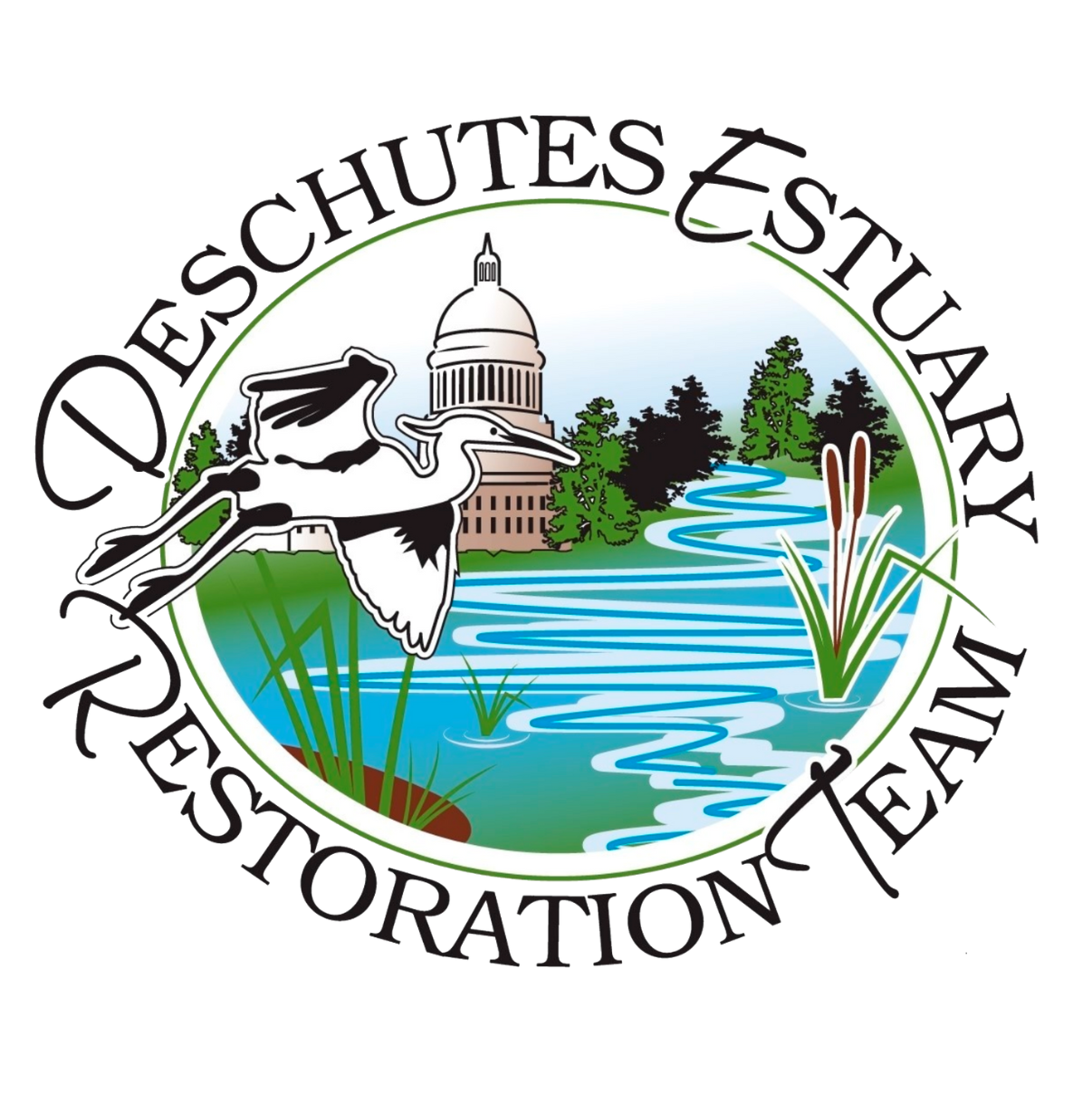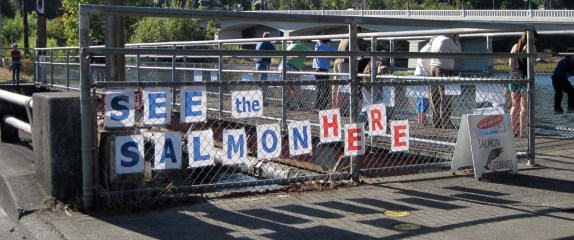Ecology Hosts Technical Discussion on Water Quality in Capitol Lake
By Dani Madrone
On November 3, 2014, Ecology hosted a discussion for scientists, modelers, and reviewers of the technical studies related to Capitol Lake and Budd Inlet to identify specific areas of agreement and disagreement on the conclusions. Attending this meeting were three scientists from Ecology, Dr. David Milne and two others from the Capitol Lake Improvement and Protection Association (CLIPA), a representative from Squaxin Island and their technical reviewer, Dr. Jonathon Frodge, and a representative from DERT.
Ecology presented their modeling that demonstrated that, with the 5th Avenue dam in place, the Deschutes Watershed will not meet EPA requirements for dissolved oxygen under the Clean Water Act, explaining the nationally accredited modeling protocol and the results. Milne countered that the modeling did not provide accurate results and was not appropriate for the research.
Dr. Mindy Roberts of Ecology stated, “The model has gone through several stages of very well documented calibration and review by outside experts. We are confident in the model.”
Scott Steltzner of Squaxin Natural Resources reminded everyone the Tribe is a government agency co-managing natural resources. They are pro-science, not necessarily pro- estuary. He also described several regional, state and federal processes with technical committees that had also reached the conclusion of estuary restoration.
Overall, south Budd Inlet is affected by invasive species, altered circulation patterns due to the dam, a shallow and warm basin with excessive algae, water quality issues, and poor salmonid survival.
Milne’s paper was never formally peer-reviewed, and sub- mitted as proof of the benefits of Capitol Lake before being reviewed by the many technical teams involved in this process. The Tribe had Milne’s analysis independently reviewed by Dr. Jonathon Frodge, past president of the Washington State Lake Protection Association, who found he ignored changes in circulation patterns and effects on plant decomposition on water quality. Frodge also stated that both Ecology and Milne ignored the significant issue of the impacts of invasive species.
Steltzner alerted everyone of the concerns around salmon mortality. “We have an introduced hatchery Chinook run that has one of the lowest survival rates in all of Puget Sound. We also have an introduced but naturally producing coho run that is declining, and the one year class is functionally extinct. This is in contrast to other runs in South Sound that are staying steady or actually going up.”
Frodge backed his claim. “I think it’s related to the dense growth macrophytes. In Lake Washington, we got significant mortality… survival of smolts below dense beds of macrophytes was zero, equated to low dissolved oxygen. When you look at Capitol Lake, the actual amount of habitat for out-migrating smolts is significantly less than the actual surface area.”
Frodge also stated, “The issue with Capitol Lake is that it is an impoundment in a very wrong spot that creates more environmental problems then the primary benefit… of a reflective pool for the Capitol. If I were biased, it would be towards preservation of lakes, but in my opinion, Capitol Lake is not really a lake. It’s an impoundment in an area that functionally should be an estuary.”
During the discussion that followed these presentations, CLIPA did not address these issues. Instead, they continued to debate the validity of the model and the merit of the process. Roberts defended Ecology’s work, stating they have established confidence in the model and have followed a good protocol. Ecology sought feedback from the TMDL technical advisory group, identifying potential scenarios and priorities to model. CLIPA participated in this process, and the study was peer-reviewed twice.
Roberts responded to CLIPA’s uncompromising challenges by stating, “I’m sorry that it does not support the position that you have, but when you look at it from a scientific perspective, this model is a way to dispassionately understand the impacts… We need to move on.”
The documents and audio from this meeting can be found here:
Agenda – November 3, 2014
Draft science summary statements – Mindy Roberts, Ecology
Materials for Budd Inlet and Capitol Lake Science Meeting Presentation Slides – Anise Ahmed, Greg Pelletier, Mindy Roberts, Ecology
Modeling Budd Inlet. II. Sharpening & Validating the Tools Presentation Slides – David Milne
Recommendations for further refinement of the Budd Inlet simulations – David Milne
Squaxin Island Tribe, Natural Resources Department, Project Review, Presentation Slides – Scott Steltzner, Squaxin Island Tribe
Capitol Lake/Budd Inlet Technical Discussion Summary – Lydia Wagner, Ecology
Capitol Lake/Budd Inlet Technical Discussion Audio Recording – This is an mp3 file.


